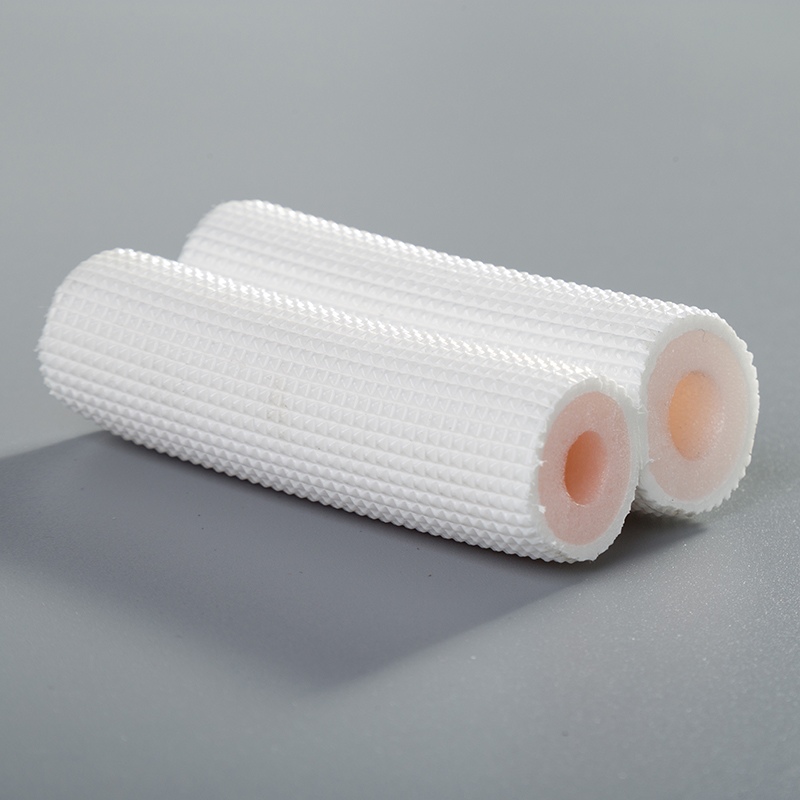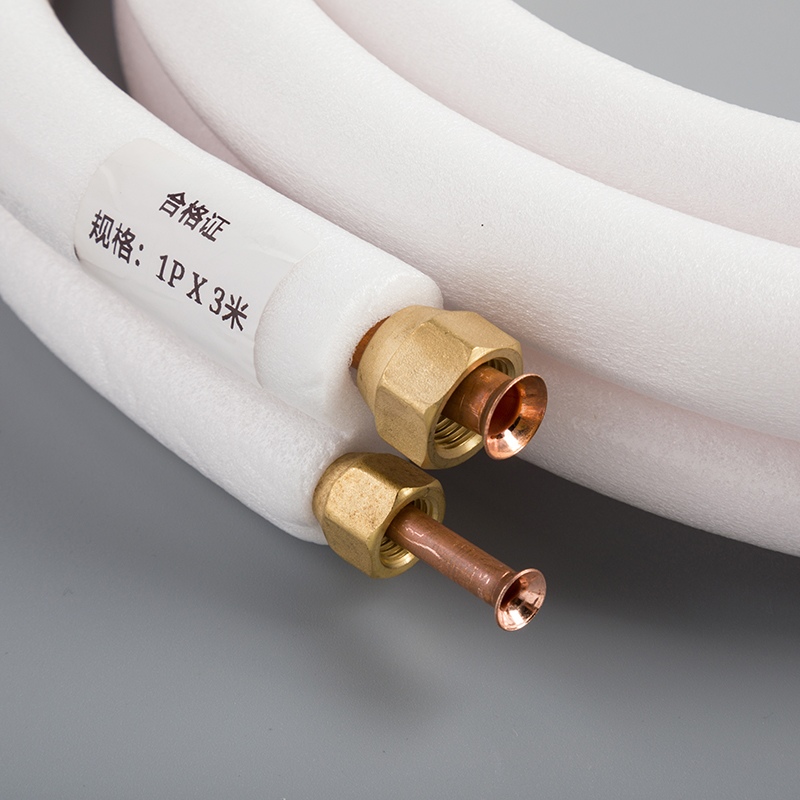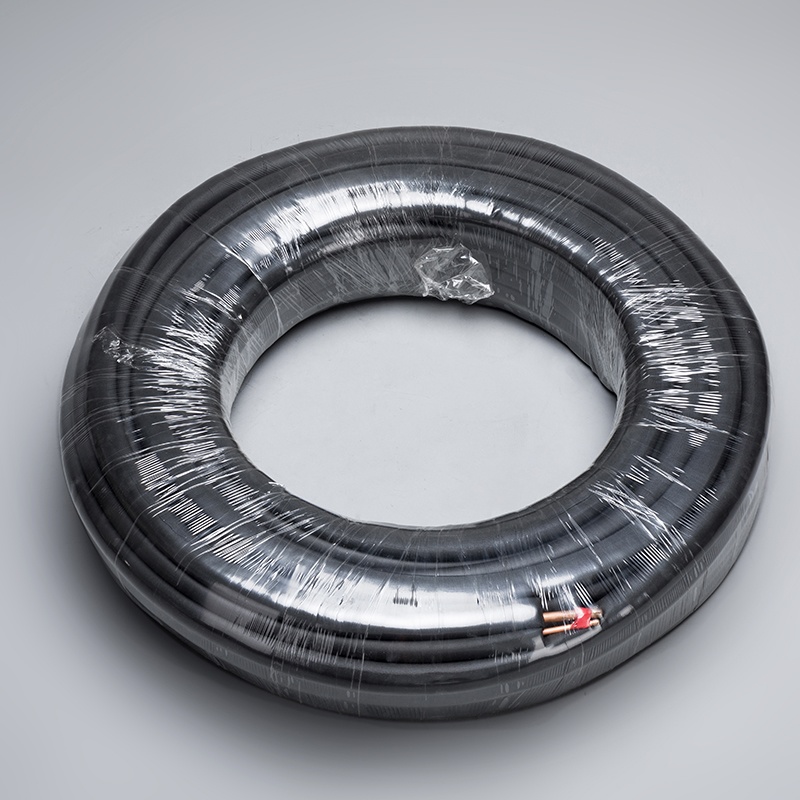Master the Art of Copper Pipe Soldering at Home

Mastering the art of how to copper pipe soldering at home is a valuable skill that empowers individuals to handle plumbing tasks efficiently. This blog provides a comprehensive guide on plumbing how to solder copper pipes, covering essential steps from preparation to execution. By learning this technique, individuals can save time and money by tackling repairs and installations independently. Embracing this skill not only enhances DIY capabilities but also ensures a reliable plumbing system. Whether you're working with a 1 1 2 copper pipe or a 1/2 copper pipe, dive into the world of copper pipe soldering and elevate your home maintenance expertise.
Preparing the Pipes

When it comes to how to copper pipe soldering at home, proper preparation of the pipes is crucial for a successful outcome. This section will guide you through the essential steps of cutting, cleaning, and applying flux to ensure a strong and durable bond in your plumbing projects.
Cutting the Pipe
Measuring and Marking
To start, accurately measure the copper pipe using a measuring tape. Mark the cutting point with a pencil or marker to indicate where you need to cut. Precision is key in this step to avoid errors during the cutting process.
Using a Pipe Cutter
Utilize a small pipe cutter designed specifically for copper pipes. Place the cutter on the marked cutting point and rotate it around the pipe. Apply consistent pressure as you rotate the cutter to ensure a clean and even cut. Remember, a smooth cut will make subsequent steps much easier.
Cleaning the Pipe
Removing Burrs
After cutting the pipe, use a deburring tool to remove any burrs from the inside of the pipe. Burrs can obstruct water flow and affect soldering quality. Ensure that the inner surface is smooth and free from any rough edges before proceeding.
Cleaning the Surface
Next, clean the outer surface of the pipe using sandpaper or a wire brush. This step removes any dirt, oxidation, or debris that could hinder proper adhesion during soldering. A clean surface promotes better flux application and enhances solder flow.
Applying Flux
Importance of Flux
Flux plays a critical role in copper pipe soldering by preventing oxidation and facilitating solder adhesion. It helps create a strong bond between the pipe and fitting, ensuring leak-free joints that withstand pressure over time.
How to Apply Flux
Apply flux generously on both surfaces—the cleaned pipe end and fitting interior—using an acid brush or flux applicator. Ensure complete coverage for effective protection against oxidation. The flux will become active when heated during soldering, aiding in seamless joint formation.
Soldering Techniques

When soldering copper pipes, it is crucial to master the proper techniques to ensure a secure and durable connection. This section will guide you through the essential steps of heating the fitting, applying the solder, and inspecting the joint to guarantee a successful soldered joint every time.
Heating the Fitting
To begin soldering copper pipes, focus on heating the fitting first before moving on to the pipe itself. The optimal technique involves using a 'rose bud' shaped flame that wraps around the joint, ensuring uniform heating across a wider surface area. Depending on the pipe size, spend an adequate amount of time heating to achieve the desired temperature for solder application.
Proper Heating Time
The key to successful soldering lies in understanding how long to heat each component. Different pipe sizes require varying heating durations, so adjust your technique accordingly. By mastering the ideal heating time, you can create strong and reliable joints that withstand pressure and last for years.
Positioning the Torch
Position your torch correctly to direct heat precisely where it's needed. Maintain a steady hand and move the flame consistently around the fitting to ensure even heating. By positioning the torch effectively, you can control the temperature and prevent overheating or underheating during the soldering process.
Applying the Solder
Once you've heated the fitting adequately, it's time to apply solder to create a secure bond between the pipe and fitting. Understanding how much solder is needed and ensuring proper flow are essential aspects of this step.
Amount of Solder Needed
Knowing how much solder to apply is critical for achieving a strong joint. Experiment with different amounts during practice sessions until you find the right balance. Typically, when heated sufficiently, solder will be drawn into the joint naturally, indicating proper temperature and readiness for bonding.
Ensuring Proper Flow
As you apply solder, observe its flow along the joint. The goal is to achieve a smooth and continuous bead of solder that fills any gaps between components. Proper flow indicates that both surfaces have reached an appropriate temperature for bonding, ensuring a leak-free connection.
Cooling and Inspecting the Joint
After completing the soldering process, allow sufficient time for the joint to cool before handling or testing its integrity. Conducting thorough inspections post-soldering is crucial for identifying any potential issues such as leaks or weak bonds.
Allowing the Joint to Cool
Patience is key after soldering; give the joint ample time to cool naturally before proceeding with further plumbing tasks. Rushing this step could compromise the bond's strength, leading to potential leaks or failures down the line.
Checking for Leaks
Once cooled, inspect the newly soldered joint carefully for any signs of leaks or irregularities. Perform a pressure test if necessary by running water through the system while observing closely for any drips or seepage at the connection points.
Common Mistakes and Tips
Avoiding Common Mistakes
When it comes to soldering copper pipes, ensuring a successful joint involves avoiding common mistakes that could compromise the integrity of your plumbing work. Plumbing Geek emphasizes the importance of using the correct amount of solder for each pipe size. Using too much solder can lead to restrictions in flow, affecting the efficiency of your plumbing system. Proper cleaning is another crucial step highlighted by Instructables. Before soldering, ensure that both the pipe and fitting are thoroughly cleaned to promote strong adhesion and prevent leaks.
To achieve a reliable connection, it's essential to master these fundamental aspects of soldering. Start by measuring and cutting the pipe accurately, then proceed with cleaning and flux application before heating and soldering.
Practice Tips
Practicing on Scrap Pieces
One effective way to enhance your soldering skills is by practicing on scrap pieces of copper pipe with fittings. This hands-on approach allows you to familiarize yourself with the soldering process without the pressure of working on actual supply lines. By practicing different techniques on scrap materials, you can refine your skills and gain confidence in handling various pipe sizes.
Building Confidence
As you continue to practice and refine your soldering techniques, focus on building confidence in your abilities. Remember that mastering how to copper pipe soldering takes time and practice. Each successful joint you create contributes to your expertise in plumbing work. With dedication and perseverance, you can elevate your skills from novice to proficient in no time.
By avoiding common mistakes, such as using excessive solder or neglecting proper cleaning, and dedicating time to practice on scrap materials, you'll soon become adept at plumbing how to solder copper pipes effectively.
Personal Experience:
Throughout the journey of mastering copper pipe soldering, the Author has discovered the importance of attention to detail and practice. Each step, from cutting the pipe to applying flux and soldering, contributes to a successful plumbing project. The Author's dedication to honing this skill has led to confidence in tackling various plumbing tasks independently.
Author: "Practice makes perfect when it comes to mastering copper pipe soldering."
Bold: By emphasizing the significance of practice and perseverance, the Author encourages individuals to embrace challenges and enhance their DIY capabilities effectively.
Inline
code: The final thoughts on mastering this skill revolve around patience, precision, and continuous learning. With each joint successfully soldered, individuals elevate their expertise in home maintenance and plumbing work.
See Also
Expert Soldering Techniques for 1 1/2 Copper Pipes
Simple DIY: Installing Copper Pipe Coils Like a Pro
Becoming a Pro at Copper Pipe Fittings: An In-Depth Guide


